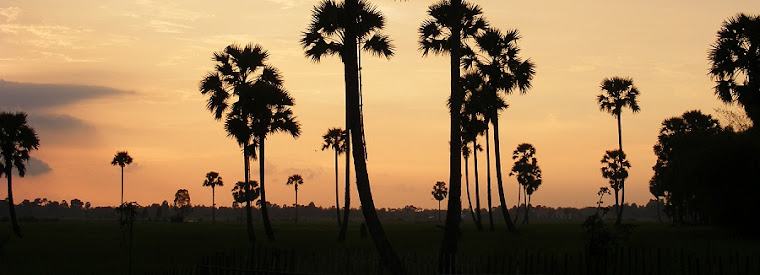Ten Different Ways to Eat a Mango
I’m back in the blogging world once more dear friends, this
time on the way to Zimbabwe, though I’ve only made it as far as South Africa at
this time. Since I’m no longer in Machanga I’ve had to change the title of my
blog once again. I thought I'd give "migration of the chickadee" a try for now… at least it is not geographically tied and sums up my current mobile state.
As of January 21st I have officially started my job as
co-facilitator for MCC’s Southern Africa Seed program, a 2-year volunteer exchange
program for young adults in the Southern Africa region, revolving around the
theme of food sovereignty and conservation agriculture. But I’ll write more
about that another day. It being a new job there are still too many unsolved
details at this point (such as when I’ll actually move to Bulawayo and where I
will be living once I get there), that I might as well wait a couple more weeks
to be able to paint a fuller picture of my new life.
So today I’ll stick to a safer subject matter, something I
DO know about. Mangoes. I love mangoes. Fresh of a tree in your backyard. Juice
up to your elbows. Like nothing you have every eaten before.
Often during my travels people ask what the climate in
Canada is like. I oblige them with terrifying stories of lakes frozen solid,
snow up to the eyeballs, cold that beats the coldest deep-freeze you’ve ever
stuck your hand inside. Then I tell them it is so cold in winter that we can’t
grow mango trees. They stare at me in disbelief. No mango trees? Nope. And no
papaya trees, guava trees, coconut, sugar cane, avocado, banana, jackfruit,
custard apple, passion fruit…
When asked what I like most about living in Cambodia or
Mozambique, mangos are always up there at the top. It is a fruit that must be
experienced in its natural habitat. Much as a mackintosh apple picked from the
orchard on a crisp New Brunswick fall day, for the proper mango eating
experience you must be sitting beneath a coconut palm, the mango still warm
from sun it was basking in when you pulled it from the tree not moments before.
If Solomon lived in the tropics, the songs he wrote would have had a lot
more mangos and a lot fewer goats.
1. Eat them green (just before they are ripe, a hint of yellow
in the flesh, a little crunchy and a little sour but amazingly delicious) with
salt and chili pepper.
3. Peel the very green ones and cook them in a pot until they
resemble applesauce. Add some maize flour and sugar and make a porridge for
breakfast.
5. Eat them as a salad over grilled fish.
7. Eat them in a fruit salad or a smoothie or baked oatmeal.
8. Eat them ripe off the tree cut in wedges.
9. Eat them scored in squares and turned inside out (my
favourite).
10. Or just dig in with your teeth and spit out the peel.










No comments:
Post a Comment